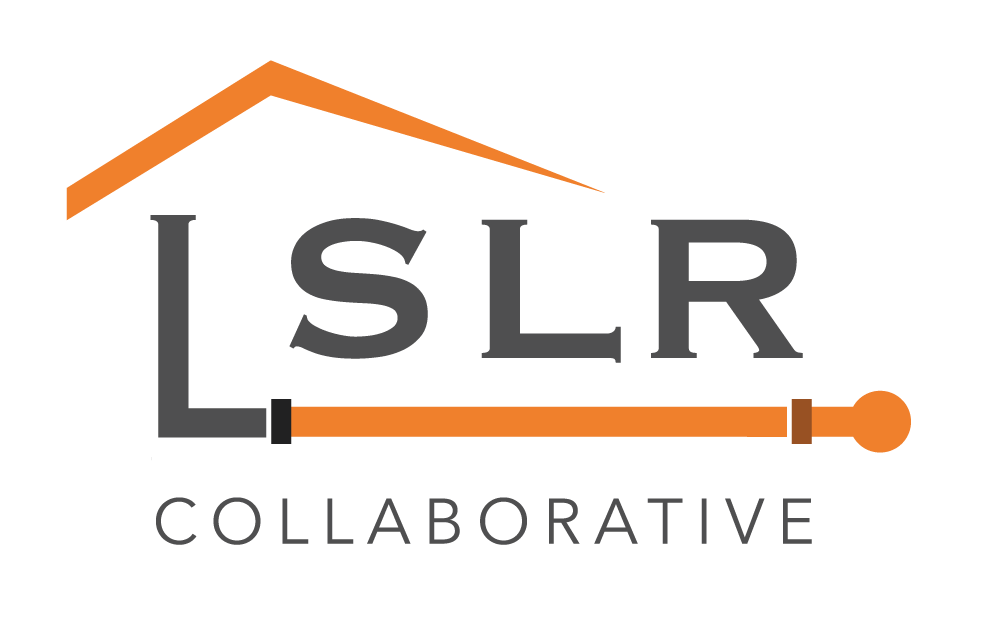|
The Pittsburgh Water and Sewer Authority hit its state-enforced requirement for lead line replacement 10 months ahead of schedule this year, the agency said Wednesday. The Pennsylvania Department of Environmental Protection required that 7% — or 855 — lead service lines in Pittsburgh be replaced between this past July and the end of June 2020. “We’re happy that we met this requirement, and we are keeping our foot on the gas pedal to do everything we can to remove all lead risk from our customers,” said Will Pickering, PWSA spokesman. The DEP required the lead line replacements because water testing results in the city showed lead levels that exceeded the federal threshold of 15 parts per billion. Exposure to lead, a neurotoxin, is linked to developmental problems in children and other ailments.
In addition to replacing lead service lines, in April the authority began adding orthophosphate — a food-grade additive that reduces corrosion in lines made of lead by creating a protective coating. “It is our expectation that thanks to orthophosphate we will see those lead levels will be below the lead action level,” Mr. Pickering said. “... All of our testing and monitoring indicates that it’s working as planned. We want our customers to know that they should feel better about the quality of their water and all of the efforts we’re making to improve it.” The agency reported the latest test results in August. The next round of results will be available in mid-January. Despite having met its goal for the regulatory year, “[l]ead line replacements will continue, with thousands more still slated for replacement under the 2019 program,” according to an agency news release, and Mr. Pickering said the agency still plans to replace all lead service lines by 2026. On the schedule for 2020: 16 miles of water main lines are set to be replaced, which will likely “result in over 900 additional lead service line replacements” in addition to ones already in the queue, Mr. Pickering said. An interactive map on the PWSA website shows where lines are scheduled to be replaced and where they have already been addressed. The replacements are funded by $49 million in low-interest loans and grants from PennVEST, a program that directs federal money to water authorities for infrastructure projects.More than 4,800 public lead lines and 2,885 private lines have been replaced since 2016, according to agency figures. Ashley Murray: 412-263-1750 or [email protected]. Comments are closed.
|
Have a suggestion for an article or blog to add?
Let us know! Type
All
Date
April 2023
|


 RSS Feed
RSS Feed